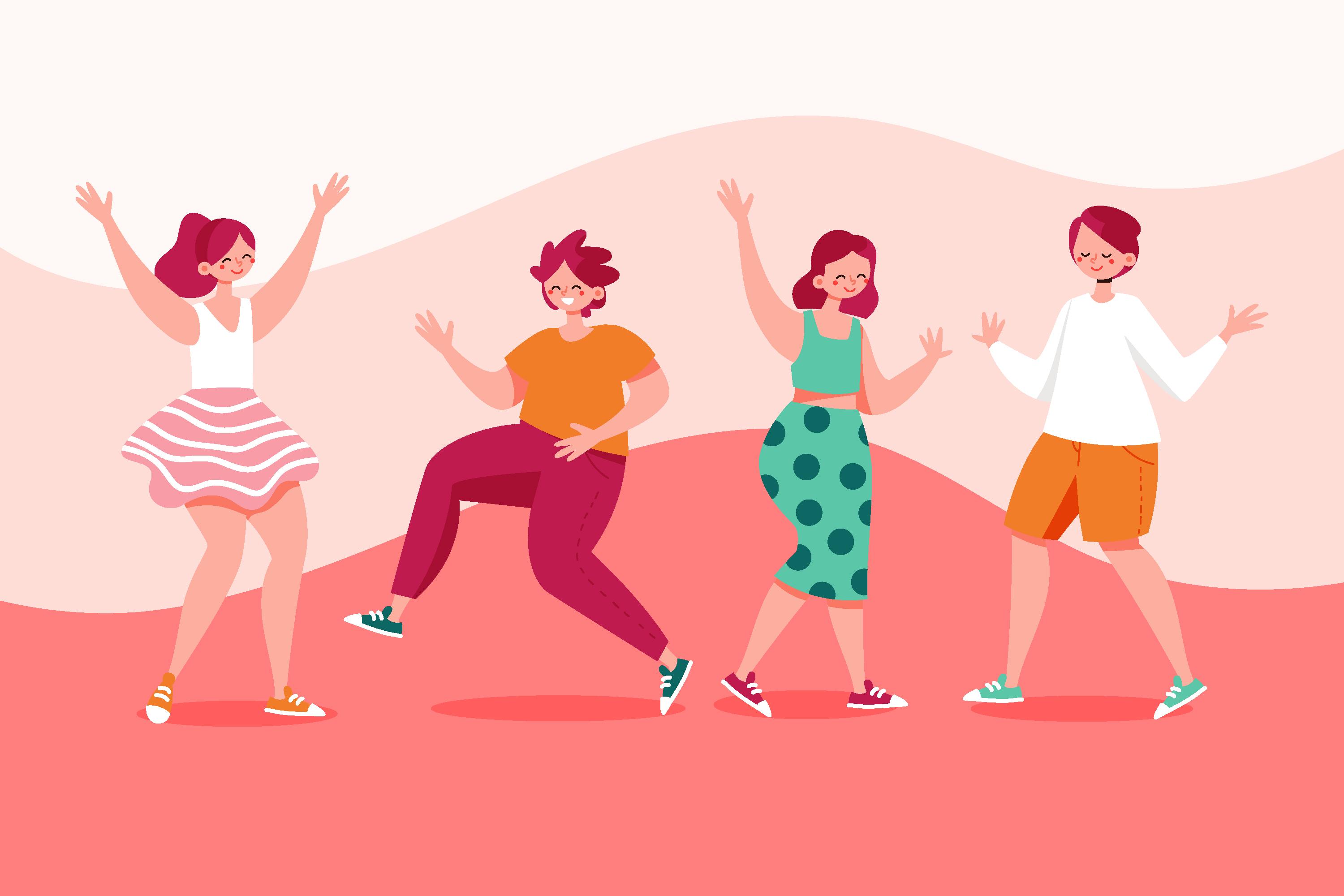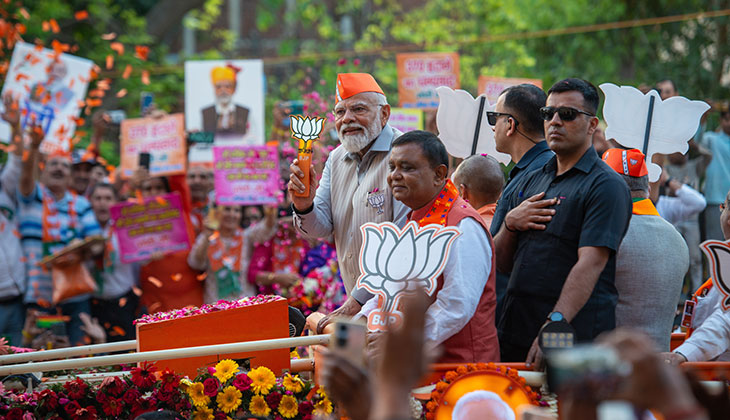Dance and Movement Therapy (DMT) is a form of psychotherapy that utilizes movement, dance, and music to help individuals enhance their physical, emotional, and mental well-being. It can be applied to individuals, couples, or groups and is often used to assist those who have experienced trauma or have difficulties expressing themselves through words. The underlying concept behind DMT is that the mind and body are interconnected. By engaging in physical movement, individuals can communicate emotions, memories, and feelings that may be difficult to articulate verbally. DMT involves a variety of movement techniques and practices, such as improvisation, structured movement, and dance choreography.
Elements of Dance and Movement Therapy
Dance and Movement Therapy (DMT) sessions can include various elements, such as warm-up exercises, creative movement activities, body awareness exercises, group movement activities, verbal processing, and relaxation exercises.
Warm-up exercises are aimed at helping individuals establish a connection with their bodies and prepare for the movement-based activities to follow. These exercises may include stretching, breathing techniques, and simple movement sequences.
Creative movement activities facilitate creative expression and emotional release through movement. They can involve improvisation, guided imagery, or structured movement exercises.
Body awareness exercises promote body awareness and encourage individuals to focus on the physical sensations they are experiencing. These exercises may involve concentrating on specific body parts, exploring movement with the help of props like scarves or balls, or practicing mindfulness techniques.
Group movement activities are designed to encourage social interaction, communication, and emotional connection between individuals. They involve working collaboratively to create movement sequences or choreography.
While DMT is primarily a movement-based therapy, verbal processing may also be incorporated to help individuals reflect on and make sense of their experiences. Verbal processing may involve discussing movement experiences, journaling, or engaging in other forms of self-reflection.
Relaxation exercises are aimed at helping individuals relax and release tension in the body. These exercises may include guided meditation, visualization, or progressive muscle relaxation.
Benefits of Dance and Movement Therapy
Dance and movement therapy (DMT) has shown to have positive impacts on the mental health outcomes of individuals with various conditions, such as depression, anxiety, trauma, and addiction, as well as physical health outcomes like pain reduction and improved mobility. DMT can be utilized in different settings, including schools, hospitals, mental health clinics, and community organizations, and can be tailored to cater to specific populations.
DMT can aid in trauma recovery by providing a safe and supportive space for individuals to process their experiences and emotions. It can also address various mental health issues, including depression, anxiety, and post-traumatic stress disorder (PTSD). By promoting self-expression and self-awareness, DMT can help individuals develop a positive sense of self and body image, enhance emotional regulation, and support personal growth and development.
Conclusion
Dance and movement therapy has shown numerous benefits in improving mental wellness. If you’re someone or know someone who is going through mental health disorders, then get connected with Solh Wellness.
At Solh Wellness, we provide forms of Allied therapy, including dance, music, and art therapy. Get personalized therapy packages according to your preferences and start your mental wellness journey now. Download the Solh Wellness App and take a step towards better mental health and life.



